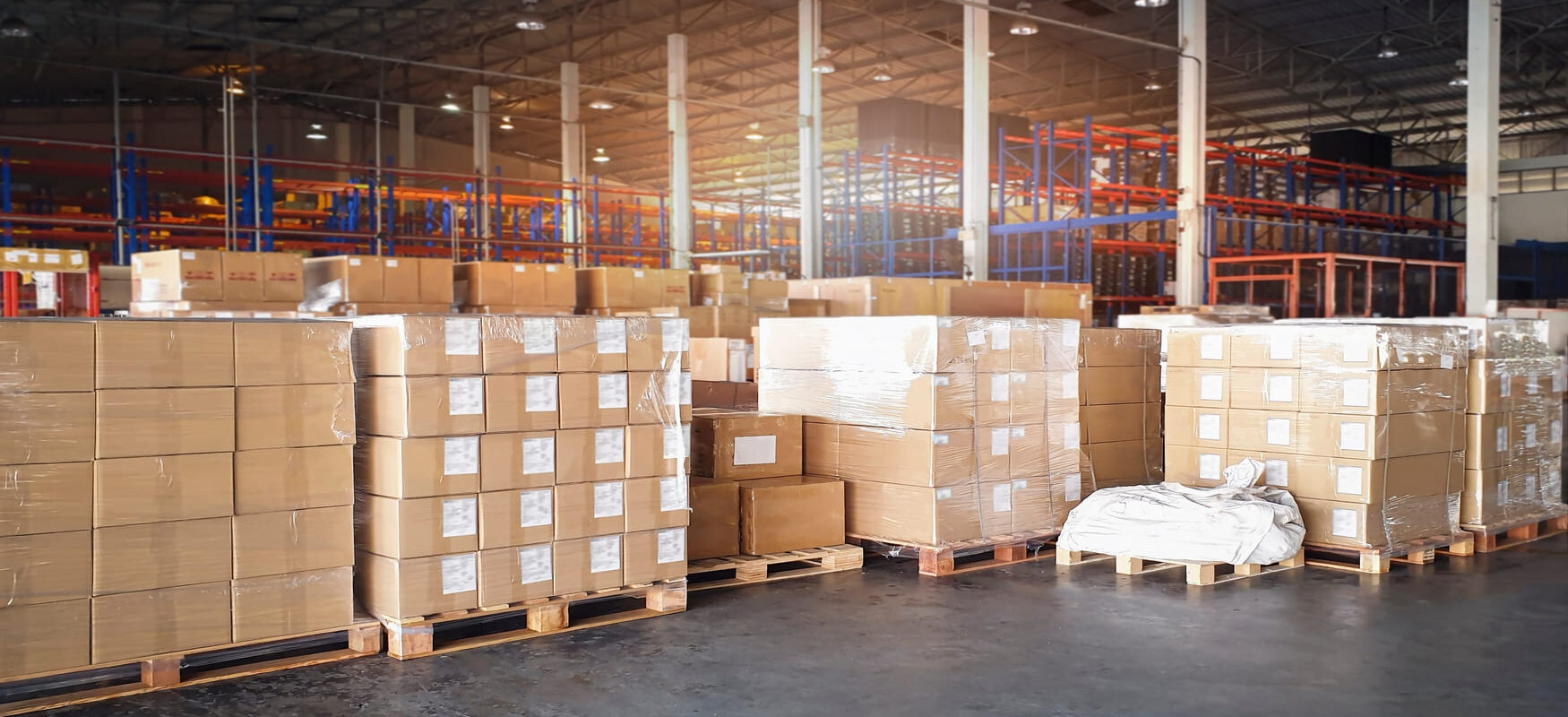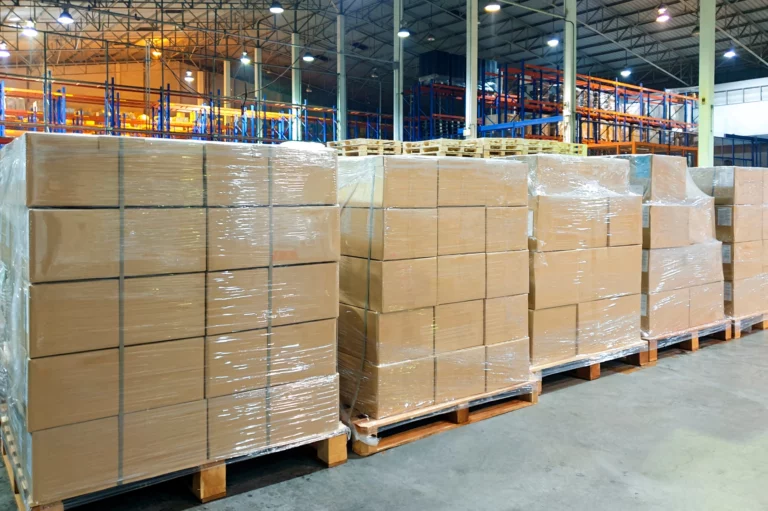Warehouse Solutions: Key Types and Benefits for Your Business

Warehouse solutions are critical components of any efficient supply chain. Warehouses provide the essential space and infrastructure to store and manage inventory, keeping goods moving smoothly from suppliers to customers. However, not all warehouses operate the same way. Different types of warehouse solutions – such as public, private, hybrid, automated, climate-controlled, fulfillment centers, bonded facilities, and distribution centers – meet specific business needs and industry requirements. Choosing the right warehousing strategy can improve space utilization, lower costs, and boost operational efficiency
1. Public Warehouses: Flexibility and Scalability
The public warehouse model offers a warehouse solution operated by third-party providers. Public warehouses rent storage space or services on a flexible basis, avoiding the overhead of owning a facility. This makes them ideal for businesses with fluctuating or seasonal inventory needs. Key benefits include low upfront costs and scalability: companies can rent space or fulfillment services (like pick‑and‑pack and labeling) only when needed. Public warehouses often support cross-docking (direct transfer between trucks), helping speed up deliveries without long-term storage.
- Typical uses: Temporary overflow storage, seasonal inventory spikes, or short‑term projects.
- Advantages: No long-term commitment, pay-as-you-go storage, fast deployment.
- Drawbacks: Less control over inventory, potential space constraints during peak season.
2. Private Warehouses: Full Control and Customization
Private warehouses are company-owned and dedicated to one business. They offer full control over operations, layouts, and security. A private warehouse solution is suited for large enterprises or industries with consistent, high-volume storage needs. Businesses can customize these facilities with specialized racking, climate zones, or advanced automation tailored to their products. The trade-off is higher cost and responsibility: private facilities require capital investment and management resources. However, they provide maximum flexibility and privacy for proprietary inventory and workflows. For companies with long-term storage demands, a private warehouse solution often enhances supply chain reliability and efficiency.
3. Hybrid Warehouses: The Best of Both Worlds
Hybrid warehouses combine features of public and private models, delivering a versatile warehousing solution. In a hybrid approach, companies may lease shared space (like in a public facility) while reserving private zones for specialized needs. This lets businesses scale up storage during busy periods without losing control over critical inventory. For example, a retailer could use shared warehousing services for general storage, while keeping high-value or sensitive products in a dedicated section. Hybrid solutions often include on‑demand or co‑packing services, allowing quick adjustments to order volumes. They appeal to growing businesses that need flexibility and cost-efficiency but also value some degree of customization. (This concept is similar to how on-demand warehousing lets you rent extra space as needed, and it’s often offered through digital platforms for easy scaling.)
4.Automated (Smart) Warehouses
Automated or “smart” warehouses represent a high-tech warehouse solution. These facilities use robotics, automated storage/retrieval systems (ASRS), AI, and other technologies to streamline operations. For instance, robots and conveyors can pick, pack, and transport goods with minimal human intervention. The result is faster order fulfillment and lower error rates, especially for large e-commerce companies. Smart warehouses allow inventory management to be more accurate and enable automated functions that save on labor. Although the initial setup cost is high, automation pays off through reduced labor expenses and improved throughput. These warehouse solutions fit high-volume operations needing speed and precision.
5. Climate-Controlled Warehouses: Protecting Sensitive Goods
For perishable or sensitive products, temperature-controlled solutions are essential. Climate-controlled warehouses (including ambient, refrigerated, and frozen storage) maintain precise temperature and humidity levels to protect inventory quality. For example, food, pharmaceuticals, and biotech products are stored in cold storage to prevent spoilage. These facilities employ advanced refrigeration systems and monitoring to stay within strict tolerances. The benefit is preserving product integrity and complying with safety regulations, though energy costs are higher.
6. Fulfillment Centers: Optimizing E-commerce Operations
These specialized warehouse solutions focus on e-commerce and order fulfillment. Fulfillment centers are optimized to pick, pack, and ship online orders rapidly. Typically operated by 3PL providers, they include integrated inventory systems and often same-day shipping capabilities. For example, Olimp’s platform connects businesses to hundreds of fulfillment warehouses, ensuring fast delivery near customers. The advantage is streamlined order processing (reducing cart abandonment), especially for startups scaling up orders. Downsides include service fees and less control over branding. Overall, a fulfillment center solution is vital for direct-to-consumer businesses that need efficient, nationwide distribution without the overhead of building their own system.
7. Bonded Warehouses: Storing Goods Without Paying Duties
These are customs-bonded warehouse solutions used mainly for international trade. In a bonded facility, imported goods can be stored duty-free until they are sold or re-exported. This defers taxes and improves cash flow for importers. For instance, retailers or manufacturers can keep products in a bonded warehouse without immediately paying customs duties.
8. Distribution Centers: Central Hubs for Goods Movement
Distribution centers are large-scale warehouse solutions that act as hubs for receiving, sorting, and dispatching goods. Unlike facilities focused on long-term storage, distribution centers emphasize quick throughput. Goods spend minimal time in a distribution center before being shipped out to stores or customers. For example, grocery chains and big-box retailers rely on distribution centers to keep shelves stocked with minimal delay. Key advantages include efficient bulk handling and lower per-unit shipping costs. However, they require precise logistics coordination and aren’t suited for slow-moving stock. Overall, distribution centers improve speed and scale of delivery across large regions.
Conclusion
The right warehouse solution depends on your business’s needs. Whether you require flexible storage, fast fulfillment, or specialized handling for sensitive goods, there’s a warehouse type tailored to your requirements. From public and private warehouses to automated and climate-controlled facilities, businesses today have a range of options to choose from. By understanding the differences between warehouse types and how they cater to various needs such as cross-docking, storage, and fulfillment, companies can optimize their operations, reduce costs, and improve overall efficiency.
At OLIMP Warehousing Solutions, businesses can access flexible, customized warehousing options to streamline operations and keep supply chains running smoothly. Explore the warehouse solutions that best fit your needs and unlock new efficiencies in your logistics processes.
You may be interested in

Ecommerce Warehouse: What Is It and How to Find One?
In today’s fast-paced digital marketplace, efficient ecommerce warehousing is pivotal for timely order fulfillment and customer satisfaction. Whether you’re a budding online retailer or an established ecommerce giant, understanding and selecting the right warehousing solution can significantly impact your business’s success. What Is An Ecommerce Warehouse? An ecommerce warehouse is a storage facility that holds […]

Fulfillment and Logistics: The Ultimate Guide to Efficient Order Fulfillment
Efficient fulfillment and logistics are the lifeblood of any successful e-commerce business. In simple terms, fulfillment logistics covers every step from receiving an order to delivering it to the customer – including inventory management, order processing, picking and packing, shipping, and even handling returns. When these steps run smoothly, customers get their orders accurately and […]

Finding the Right Distribution Warehouse: An Essential Guide for Your Business
Choosing the right distribution warehouse is a pivotal decision that can make or break your supply chain. The warehouse you select will directly affect your delivery speeds, shipping costs, and customer satisfaction. With so many options (from local facilities to nationwide 3PL networks), it’s essential to know what to look for. This guide explains what […]
Ready to streamline your warehousing needs?
Request a quote today and discover how OLIMP's tailored solutions can optimize your operations